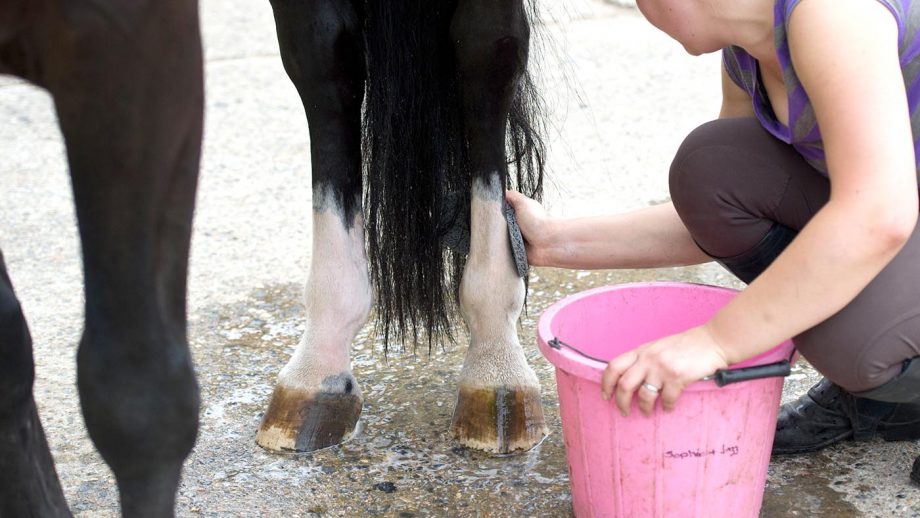Finding the right saddle is crucial for both the rider’s and the horse’s comfort and performance. One of the essential elements of the saddle is the saddle gullet, which is the tunnel-like space underneath the saddle’s pommel. Understanding how to measure a saddle gullet is vital to ensure it fits your horse perfectly.
In this comprehensive guide, we’ll explore the importance of the gullet and how to measure it accurately to provide comfort and avoid injury to your horse. Ensuring a proper fit is important for keeping both you and your horse happy during your rides.

Understanding the Saddle Gullet
The saddle gullet is the space between the pommel and the back of the saddle over the horse’s withers. This space allows for the clearance of the horse’s spine and prevents discomfort or injury. An incorrect fit can lead to poor performance and various health problems for the horse.
For more information on preventing horseback injuries, you can read about safety tips for beginners.
Why Gullet Fit Matters
An ill-fitting saddle can cause undue pressure on the horse’s spine or hinder its movements. The correct gullet width helps distribute the rider’s weight appropriately across the horse’s back and aids in maintaining balance.
For those just starting with horseback riding, choosing the right gear can also be crucial, as detailed in essential riding gear items.
Steps to Measure a Gullet Accurately
Gather the Necessary Tools
Before you begin measuring, you’ll need a flexible measuring tape, a pencil, and a pad of paper to note down your observations.
Locate the Withers
Start by identifying the withers of your horse, which are located at the ridge between the shoulder blades. The gullet must clear this area without pressing down on it.
Measure the Gullet Width
Using your measuring tape, measure the distance at the widest part of the horse’s withers. Note that the gullet should provide at least two to four inches of clearance to prevent rubbing or pinching.
Consider exploring some groundwork exercises to enhance your bond with the horse.
Common Mistakes When Measuring
Many riders make errors when taking gullet measurements. These mistakes often result from incorrect positioning of the tape or overlooking the thickness of saddle pads.
Failing to Include Saddle Pads
When measuring, consider the thickness of the saddle pads that will be used. This can significantly impact the fit between the saddle and the horse.
Ignoring the Horse’s Build
Every horse is unique. Consider the breed, age, and overall condition of the horse, as these can impact the gullet size required.
Expert Tips for the Greatest Fit
Check Fitting Regularly
Regularly check the fit of your saddle as your horse may change shape due to age or conditioning.
Seek Professional Guidance
If uncertain, consult a professional saddle fitter to ensure an impeccable match between horse and saddle.
For ongoing care of your riding equipment, read about maintaining your gear.
Conclusion
Accurate measurement of the saddle gullet is vital for the health and performance of your horse. It ensures comfort and prevents injuries that might result from a poor fit. With proper understanding and techniques, you’ll be well on your way to a better riding experience.

FAQ
Why is gullet measurement essential?
The gullet measurement is crucial because it helps ensure that the saddle does not put pressure on the horse’s spine, allowing for free and comfortable movement.
How often should I check my saddle’s fit?
It’s a good practice to check your saddle’s fit regularly, especially if there has been any change in your horse’s weight or if it’s an older saddle.
Can I adjust the gullet width by myself?
While some minor adjustments can be made, it’s best to consult with a professional saddle fitter for significant alterations to ensure optimal comfort and safety for your horse.
Understanding the intricacies of your saddle, including the significance of the gullet, will enhance your riding experience. To learn how to deal with common horse emergencies, consult this Horse First Aid guide.







